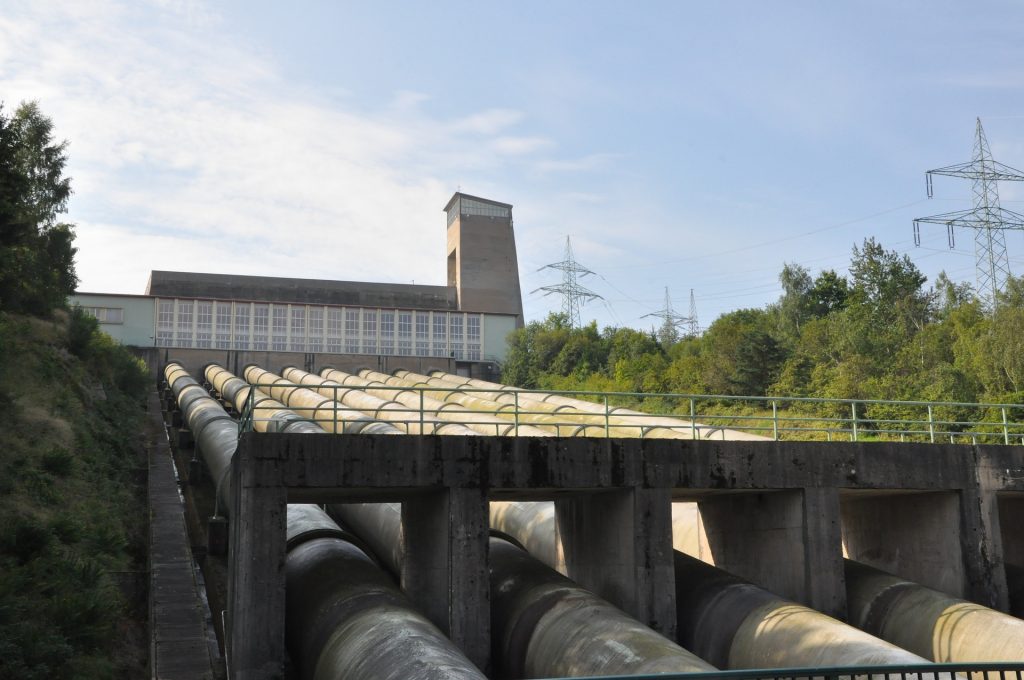In order to maintain the flow of power, utilities must steady the supply and demand consistently in order to meet demand. Sustainable energy storage has become a big thing in the industry in the last couple of years,. To understand why it is of such importance, let’s have a look at the utility grid.
Typically, most utility grids do not store energy because of the costs involved. As a result, the utilities call upon the use of fossile energy supply to ramp up or down to meet demand. This is ideal because these plants operate most efficiently when running at full power. Utilizing these power plants inefficiently contributes to more pollution than the plants that are running to meet base-load energy demands.
Current Renewable Power Generation Technologies
The most popular renewable energy supplies are:
- Solar energy
- Wind energy
- Hydro energy
- Tidal energy
- Geothermal energy
- Biomass energy
As you can see, the mix involves supplies that are highly fluctuating and hard to predict by nature and all of them are somehow (indirectly) based on the sun. While the overall capacity is steadily increasing, the major problem remains unsolved.
How to store energy sustainably?
As we speak there are:
- Fossil fuel storage
- Mechanical
- Electrical, electromagnetic
- Biological
- Electrochemical (Battery Energy Storage System, BESS)
- Thermal
- Chemical
Each of them has pros and cons.
General consideration of a sustainable energy storage
The runtime of the storage often dictates the capacity requirements. A storage with higher energy density or larger profile will result in a larger capacity and longer runtime. Larger capacities are typically more difficult to charge.
All energy storage mediums have a self discharge. This is caused for example electrochemical processes in batteries and leakage current through the dielectric.
The self discharge rate is more important for products with longer runtime / larger capacity batteries or products that may be stored in conditions with no light for longer periods. The self discharge rate needs to be considered when determining the system energy usage. The self discharge rates of different technologies and supercapacitors can greatly vary.
The charge efficiency is the ratio at which the storage can store the energy. The amount technology used impacts he minimum charge efficiency of the storage medium.
Last but not least the storage technology has to be as natural as possible with a very low impact on nature during production and operation.
As a conclusion, the sustainable energy storage system of choice has to mechanically separate the high from the low potential. This results in low self discharge rates. At the same time the energy has to be ready to be released and stopped instantaneously to meet peak demands.
Pumped-storage Hydroelectric Energy Storages currently offer the most cost-effective means of storing large amounts of electrical energy sustainably. The basic requirement to apply the technology however is to have sufficient height differences.
So it is no wonder, that the two leading countries regarding Pumped storage vs total generating capacity (Switzerland and Austria) have many mountains.

This is unfortunately bad news for costal areas as there are typically not too many mountains. Another drawback is that it requires to flood whole mountain valleys in some of the most beautiful areas of the world. This is not sustainable.
Pumped-storage Hydroelectric Energy Storage is almost too good to be true but very limited geographically.
Inverse Pumped-storage Hydroelectric Energy Storage
If we are looking at pumped-storage hydro, the basic principle is to use gravitation applying force to water to store energy. It is almost the most simplistic way of energy conversion, as Epot is simply converted to Ekin and vice versa.
So why don’t we just switch the principle and have air displace water? Naturally the water wants to flow back by gravitational force.
We just happen to sit on a planet with 2/3 being saltwater which we can’t use for a lot of things with a few exceptions such as fishing, transportation and desalination.
At the same time, it is very likely, that the oceans are where the energy of the future will be generated with ever increasing wind turbines.
Building Blocks
Reservoir
The reservoir is anchored at the ocean floor and allows to be filled with air. It has to be saltwater resistant and flexible.
The depth hereby determines the pressure applied to the air evenly by the water cylinder above the reservoir.
So as a rule of thumb: the deeper it is, the more power can be stored.
Platform
A floating platform hosts the pump and the generator.
Pump
The pump is connected to the air pipe and, when switched on, pumps air into the underwater reservoir. It converts electricity into pressure.
Air pipe
The air pipe is connected to the pump, the generator and the reservoir. It transports the pumped air into the reservoir.
Generator
The generator is connected to the air pipe and converts pressure into electricity.
Grid connection
The grid connection connects the float with the grid and renewable generators such as wind farms.
Conclusion
To me this looks like a promising concept for a sustainable energy storage that needs further investigation to discuss obstacles such as what materials could be used for the reservoir, etc.
However as we are desperately looking for ways to store energy in a clean way, this could offer many possibilities and capacity for the future.
Life is too short to do everything yourself.
At the same time many ideas remain in my notebook. So I’d like to release them for the community to use.
Please contact me, give credits and if you really make money (>$1M) with it, send me what you feel appropriate.


